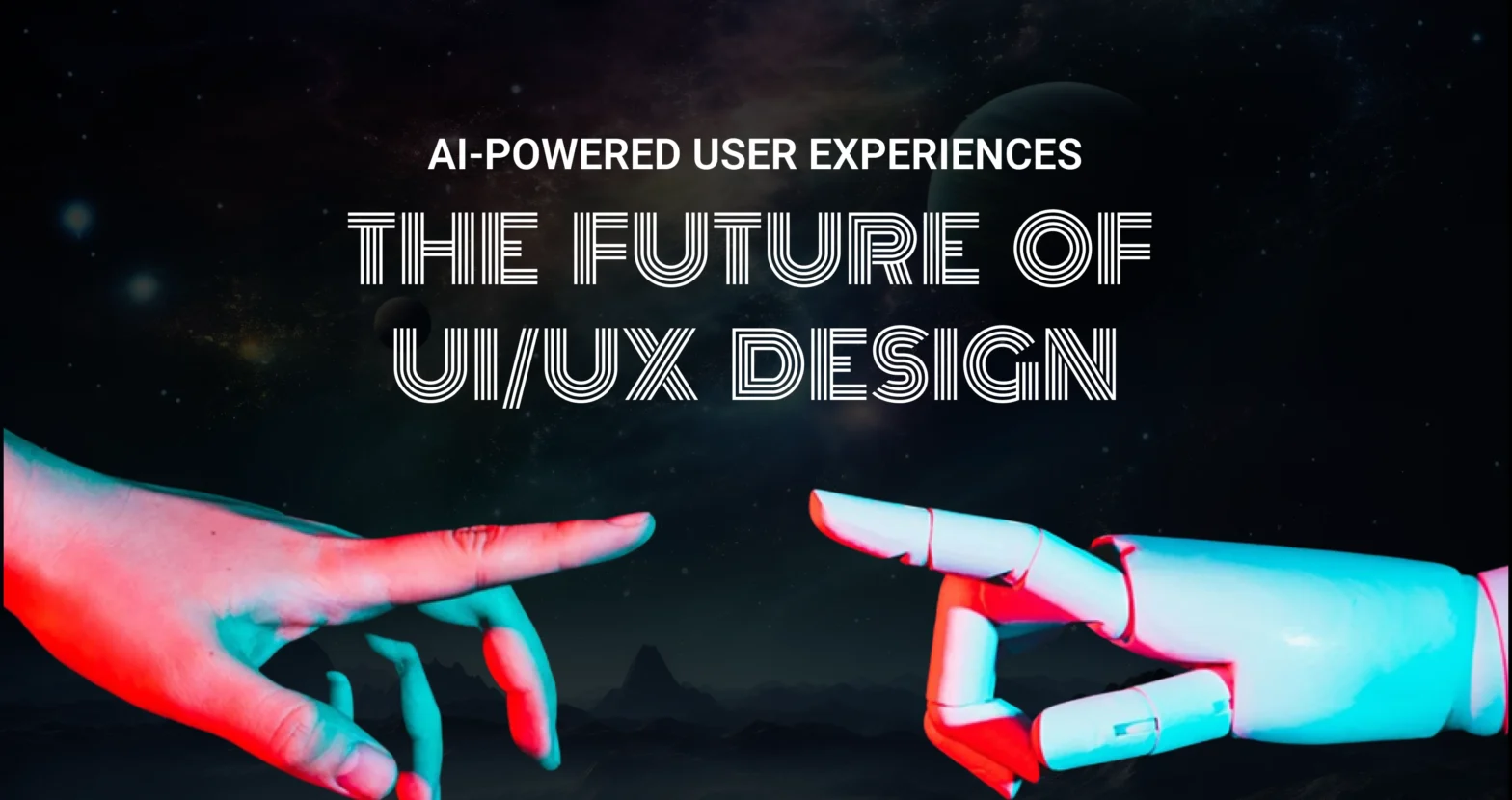AI-Powered User Experiences: The Future of UI/UX Design

Artificial intelligence (AI) is rapidly transforming the field of UI/UX design, enabling the creation of more personalized, intuitive, and efficient user experiences. By leveraging machine learning, natural language processing, and predictive analytics, AI empowers designers to craft interfaces that evolve with user needs. This article dives into how AI is shaping the future of UI/UX design and highlights specific tools that are driving this transformation.
The Role of AI in UI/UX Design
AI is becoming an integral part of the design process, making user experiences smarter and more adaptable. From personalized content recommendations to conversational interfaces, AI is redefining how users interact with digital products. Here’s a breakdown of some of the ways AI is enhancing UI/UX design:
- Personalized User Experiences
AI can analyze user behavior and preferences to create hyper-personalized experiences. For instance, The Grid uses AI to automatically build websites by selecting design elements based on user content and preferences. Similarly, Adobe Sensei, Adobe’s AI platform, helps personalize content across multiple platforms, providing recommendations based on individual user behavior. - Predictive Design
AI can anticipate user actions based on historical data and patterns, offering suggestions that streamline the user experience. Tools like Framer utilize AI to predict user flows, helping designers craft more intuitive experiences by simulating real-world usage scenarios. AI-powered platforms such as Uizard convert sketches into high-fidelity mockups, speeding up the design process by predicting what designers need next. - Conversational Interfaces and AI Chatbots
Natural language processing (NLP) enables AI-powered chatbots and virtual assistants to handle complex user interactions. Tools like Dialogflow by Google allow designers to create conversational interfaces that feel natural and responsive. Chatbots powered by TARS and Drift help automate customer service, guiding users through tasks like troubleshooting, purchases, or bookings, thereby improving UX through intuitive conversations.
AI Tools Enhancing UI/UX Design Processes
In addition to enhancing user experiences, AI is also streamlining the design process itself. Here are some cutting-edge AI tools that are transforming how designers work:
- Adobe Sensei
Adobe Sensei is an AI-powered platform integrated into Adobe’s suite of design tools, including Photoshop and XD. It automates repetitive tasks like cropping, tagging, and even predicting the next design step. Sensei also helps improve user experiences by analyzing customer behavior to personalize content across websites and mobile apps. - Uizard
Uizard is an AI-powered tool that turns hand-drawn wireframes into digital designs in minutes. Designers can sketch ideas on paper, upload them to Uizard, and the AI automatically creates high-fidelity prototypes, speeding up the early design stages. Uizard’s machine learning model continues to learn and adapt based on user input, making it an increasingly efficient tool for rapid prototyping. - Framer
Framer is an AI-driven design tool that offers powerful predictive features for UX design. By utilizing machine learning, Framer predicts user behaviors, making it easier for designers to simulate how users will interact with their designs. This tool enhances collaboration by integrating real-time feedback loops, allowing for faster and more data-driven iterations. - Dialogflow
Google’s Dialogflow is a popular AI tool used to create conversational interfaces. It enables the design of virtual assistants and chatbots that can handle complex queries, ensuring a smooth and human-like user interaction. By integrating AI-driven conversational experiences into websites and apps, designers can reduce friction in customer support and guide users more effectively through various processes. - Hotjar (AI-Powered Analytics)
Hotjar is a UX tool that uses AI to gather and analyze user behavior through heatmaps, recordings, and feedback. Its AI engine processes large sets of data to help designers identify usability issues, improve user flows, and optimize conversions. By highlighting trends and potential friction points, Hotjar enables designers to make more informed, data-driven decisions. - Sketch2Code
A Microsoft AI tool, Sketch2Code converts handwritten designs into functional HTML code. By analyzing sketches and diagrams, the AI can generate wireframes and code for web developers. This automation helps bridge the gap between design and development, reducing manual work and improving the efficiency of creating digital products.
Challenges and Considerations
While AI offers incredible benefits for UI/UX design, it also presents some challenges:
- Ethical Use of Data
AI-driven personalization often relies on user data, raising concerns about privacy. Designers must ensure that AI is used ethically, with transparency about how data is collected and utilized. Striking a balance between personalization and privacy will be critical as AI becomes more embedded in UX. - Preserving Creativity
Although AI can automate many aspects of the design process, human creativity and intuition remain essential. AI should augment the designer’s role, not replace it. Relying too heavily on AI can lead to designs that lack the empathy and emotional resonance that humans bring to the process. - Accessibility
AI-powered tools need to ensure that they cater to all users, including those with disabilities. Designers must be mindful of making AI-powered interfaces accessible, ensuring that users with visual, auditory, or cognitive impairments can engage fully with the product.
The Future of AI in UI/UX Design
As AI continues to evolve, it will enable more advanced and adaptive user experiences. Voice interfaces, gesture control, and emotion detection are on the horizon, promising to create richer, more intuitive interactions. AI will not only predict user needs but respond to user emotions, creating more empathetic and responsive designs.
AI-powered tools like Adobe Sensei, Uizard, Framer, and Dialogflow are already transforming UI/UX design by enabling faster workflows, predictive interfaces, and personalized experiences. As AI continues to advance, its impact on user experience will grow, allowing for deeper personalization, more seamless interactions, and smarter designs. However, designers must use AI responsibly, balancing the power of automation with creativity and empathy to ensure user-centric experiences.